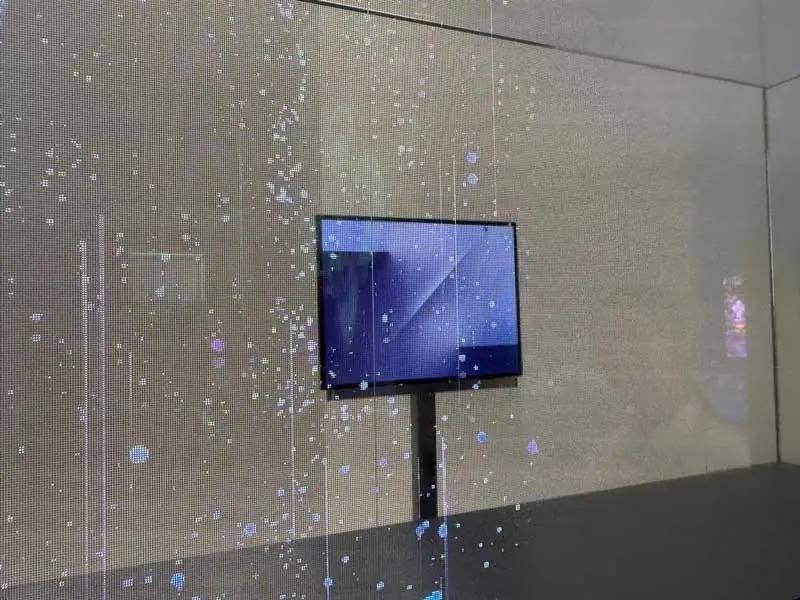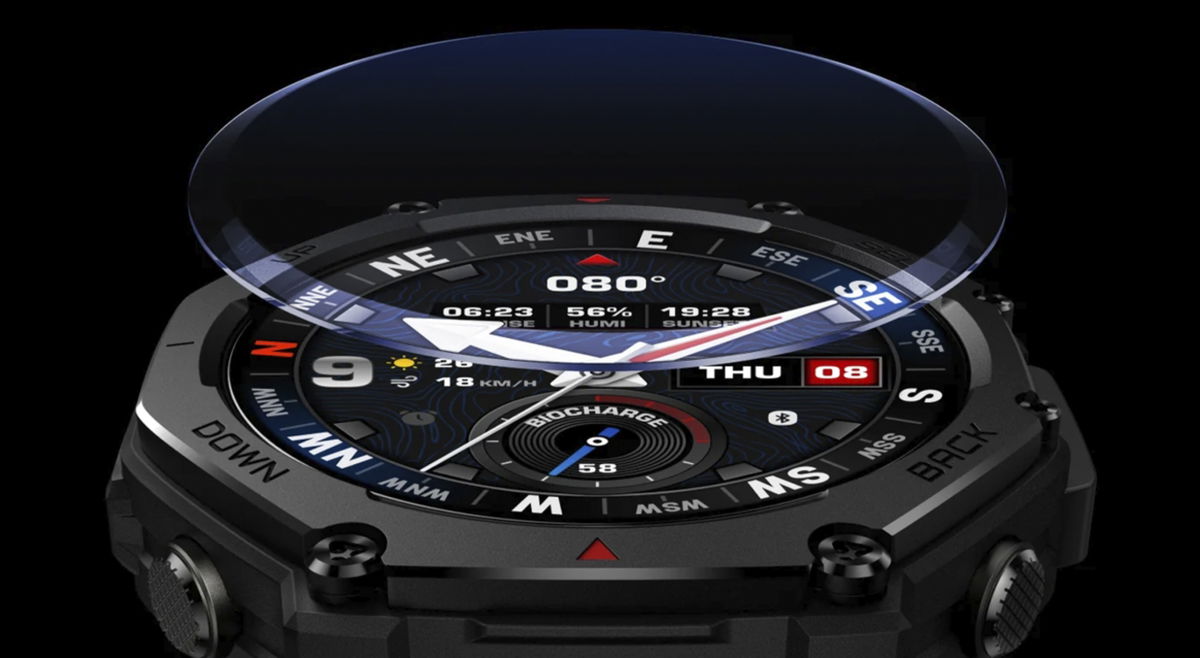Six planets of approximately the same size around a star similar to our Sun. It is located 100 light years from us. and they say that since its creation, 12 billion years ago, almost nothing has changed. That’s why astronomers are delighted to say that this is the “ideal solar system.”
But the planets are not only similar in size. They rotate synchronously, having nothing to do with the disorder of the orbits of our solar system. In the time it takes for the innermost planet to make three orbits around a star, the same amount of time it takes for the next planet to make two orbits around the star. And so on until the fourth planet. Hence the ratio of the orbital velocities of the planets changes to 4:3.
The creation of our solar system was a violent process. When planets formed, some of them collided with each other, affecting their orbits and sizes. So we end up with giants like Jupiter and Saturn, and smaller ones like Mercury, which has less than half the mass of Earth. It is suspected that in the solar system HD110067 everything was calmer and that is what makes it ideal.
“It’s ideal for studying how planets are created, because this solar system did not have such a chaotic beginning as ours and has not been disturbed since its formation,” said Rafael Luque, a researcher at the University of Chicago and leader of the study published this Wednesday in a scientific journal. Nature. It represents an almost untouched planetary fossil.
Clues left by the “ideal solar system”
Observations have shown that the planets Their mass is approximately 3.9–8.5 times the mass of the Earth.. This puts them all in the “sub-Neptune” category: a type of planet absent from our solar system but very common in the Milky Way. They typically have a dense atmosphere, a rocky core, and a surface possibly covered by oceans.
NASA’s James Webb Space Telescope recently discovered one of these exoplanets, which is 8.6 times more massive than Earth. Scientists believe that K2-18b it contains carbon-containing molecules, including methane and carbon dioxide. A potential aquatic world that could harbor life.
The brightness of the star, its relative proximity to us and these six harmonious planets make this solar system an ideal laboratory. Of course: they are so close to their star that they are not in what scientists call the “habitable zone.” The orbits of the planets are all narrower than those of Mercury.

Thus, these would not be water worlds, but hot planets full of gases. But researchers do not lose hope. If new observations reveal more planets in the star’s habitable zone, we may be able to talk about places with liquid water. “So this could be the most interesting star in the galaxy,” said astronomer Carol Haswell of the Open University, who was not involved in the study, The science.
Discovery of a new solar system It involves two space telescopes, several ground-based ones and more than three years of work. dozens of astronomers. These include NASA’s Transiting Exoplanet Survey Team (TESS), Spain’s Calar Alto Telescope, and Italy’s National Galileo Telescope.
Source: Hiper Textual











